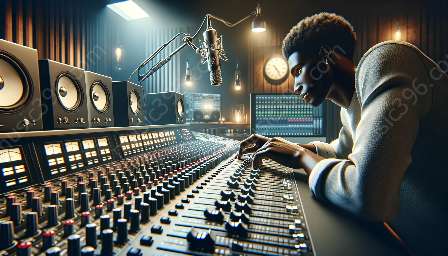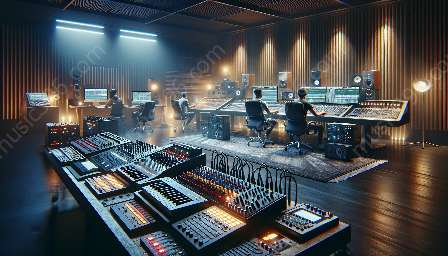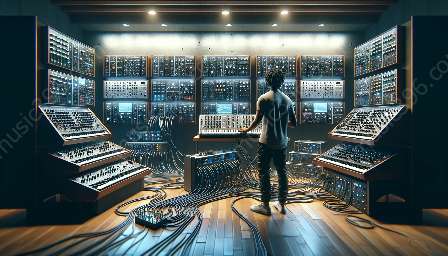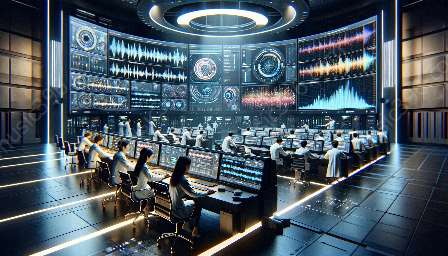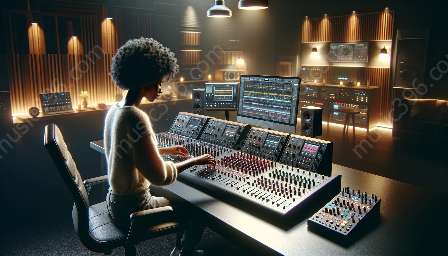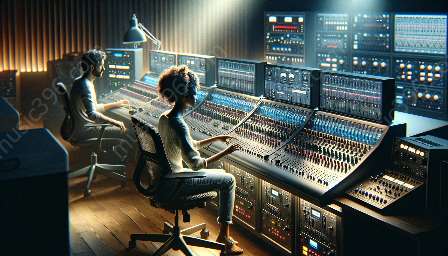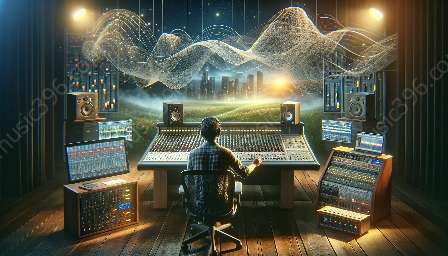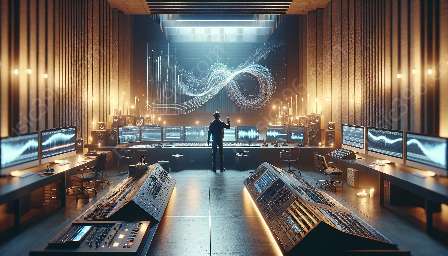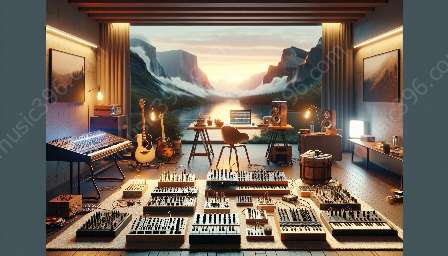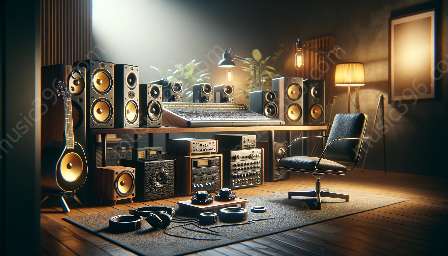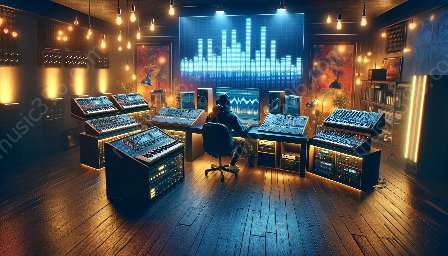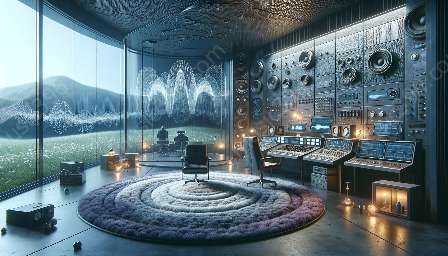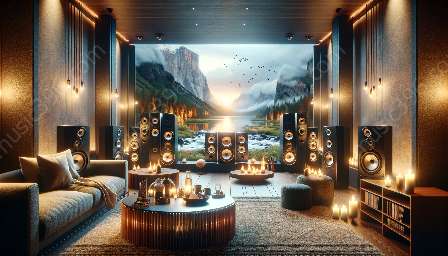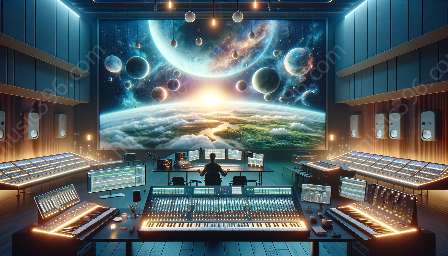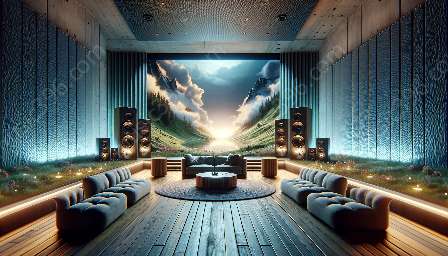Psychoacoustics, a branch of psychology and acoustics, influences the design of audio systems by providing insight into how humans perceive and interpret sound. This knowledge is essential in the fields of acoustic engineering and music technology, as it directly impacts the creation and optimization of audio equipment and environments.
Understanding Psychoacoustics
Psychoacoustics explores the psychological and physiological effects of sound on human perception. It delves into how people hear, interpret, and react to different sound frequencies, intensities, and spatial characteristics. By understanding these mechanisms, audio engineers and designers can create systems that better suit human perception and provide immersive listening experiences.
The Role of Psychoacoustics in Audio System Design
Psychoacoustics plays a crucial role in shaping the design of audio systems in several ways:
- Perceptual Audio Coding: Understanding how the human ear perceives sound allows for the development of efficient audio compression techniques that maintain perceived audio quality while reducing file size. This is essential in modern audio technology, where high-quality sound needs to be transmitted and stored efficiently.
- Room Acoustics: Psychoacoustics informs the design of acoustic spaces by considering how sound is perceived within a room. This involves factors such as reverberation, reflections, and frequency response, which are all crucial for creating optimal listening environments for both professional and recreational purposes.
- Loudspeaker and Headphone Design: Knowledge of psychoacoustics guides the development of transducers that accurately reproduce sound, taking into account human auditory perception. This includes considerations for frequency response, spatial localization, and psychoacoustic masking, all of which influence the design of speakers and headphones.
- Sound Field Synthesis: Psychoacoustic principles are applied to create multi-speaker systems that can accurately reproduce sound fields and spatial effects, enhancing the immersive experience for listeners in cinema, gaming, and virtual reality environments.
- Auralization and Virtual Acoustics: By leveraging psychoacoustic models, audio engineers can simulate acoustic environments and accurately reproduce spatial auditory cues, allowing for realistic and immersive virtual reality experiences.
Challenges and Considerations
While psychoacoustics provides valuable insights into the perception of sound, integrating these findings into audio system design presents challenges:
- Subjectivity: Individuals may perceive sound differently based on their unique auditory profiles, making it challenging to create universal audio systems that cater to everyone's preferences.
- Technological Limitations: Implementing psychoacoustic principles into audio systems often requires advanced signal processing and sophisticated hardware, which can be cost-prohibitive for some applications.
- Environmental Variability: The psychoacoustic perception of sound can be influenced by the acoustic characteristics of the listening environment, making it challenging to create consistent and predictable listening experiences across different spaces.
The Future of Psychoacoustics in Audio System Design
As technology continues to advance, psychoacoustics will play an increasingly integral role in shaping the design of audio systems. With the growing emphasis on personalized audio experiences and immersive technologies, the integration of psychoacoustic research will drive the development of more finely tuned, adaptive, and engaging audio systems. This will require continued collaboration between psychologists, acoustic engineers, and music technologists to harness the full potential of psychoacoustics in creating the next generation of audio technologies.
In conclusion, the influence of psychoacoustics on the design of audio systems is profound, impacting every aspect from the compression of audio files to the creation of immersive virtual environments. By leveraging psychoacoustic principles, acoustic engineers and music technologists can push the boundaries of audio system design, ultimately enhancing the way people experience and interact with sound.

